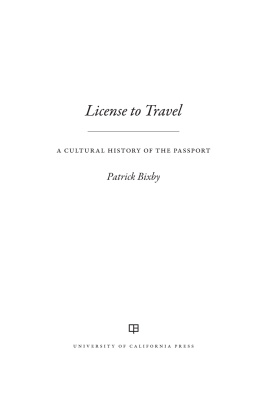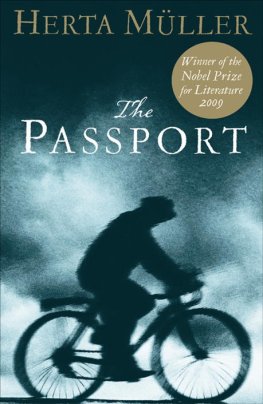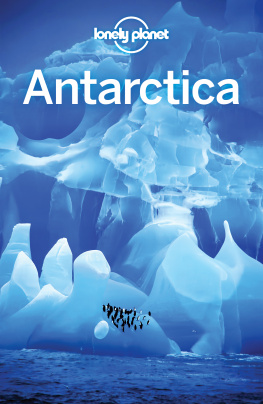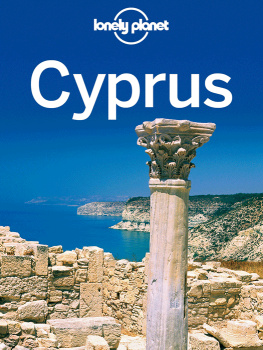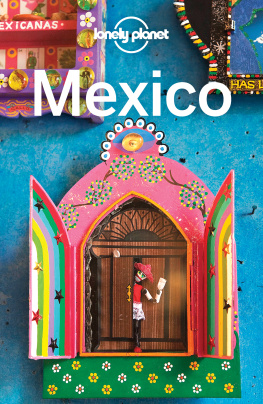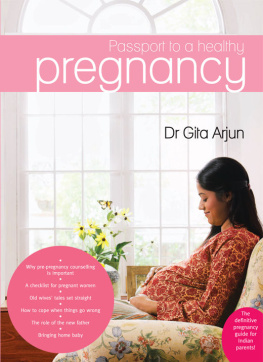ACKNOWLEDGMENTS
This book was dreamt up in a different world, where no one had ever heard of the Covid-19 virus and the pandemic-to-come always seemed distant, far more distant than it actually was. But by the time I sat down to write the pages that followin a hastily arranged home office furnished with a card table and a folding chairwe were living in a new reality, where nation-states around the world had begun to close borders, restrict internal movement, and require quarantines for visitors and returning citizens alike. Almost everywhere, it seemed, emergency measures had dramatically slowed the accelerating pace of mobility and migration that has defined our age of global interconnectedness. Our collective freedom of movement had been restricted in fundamental and pervasive ways.
Many would-be travelers found themselves confined at home for months on end, balancing thoughts of distant destinations with fears of infection and forced quarantining; others were stranded far away, kept from their loved ones by travel bans or canceled flights. Of course, restrictions on freedom of movement had more dire consequences for migrants, refugees, and other vulnerable populations who must cross borders to find the conditions necessary for their very survival. All of us who roam the planet are compelled to possess a passport, though the universal requirement affects some of us very differently than others. In the midst of the pandemic, our travel documents seemed to take on new meanings, almost by the day, as passport power indexes were turned on their heads, as vaccine passport proposals began to emerge, as passport applicants experienced lengthy delays in receiving their papers.
It was a strange timeat a moment when global mobility had all but ceasedto be thinking about the long history of travel documentation. It was more than a little odd to be writing of the wanderers whose stories make up this book, to be reliving their experiences of crossing borders and spanning cultures, while being obliged to sit still. But it was also, in a curious way, the perfect occasion to dwell on these narratives of travel and mobility, migration and dislocation. I hope my readers will share this sense with me as they travel through this book, whether in some quiet, motionless space or, perhaps better, gliding high above the earth in the cramped coach section of an airliner, rushing backward through an unfamiliar landscape in a high-speed train, or bouncing along in the back of a bus somewhere out there.
Despite the physical isolation prescribed by the virus, I was hardly alone in writing this book. First, I must thank Niels Hooper, executive editor at University of California Press, for his immediate enthusiasm in response to my proposal and his unstinting encouragement (and open lines of communication) as I turned this project into a book. Also integral to the process were his wonderful editorial assistant, Naja Pulliam Collins, and my fantastic copyeditor, Anne Canright, whose clear and consistent guidance helped bring this idiosyncratic project to press.
Many others kept me company along the way. I would like to express my gratitude to Steven Beschloss for welcoming me into a highly edifying workshop on writing for audiences beyond academia, part of his Narrative Storytelling Initiative at Arizona State University (ASU). There I had the great fortune to meet Christopher Schaberg, whose savvy advice as both a writer and an editor has been crucial to the publication of this book. During the period that followed, I also had the wonderful luck to befriend Leo Bersani and Sam Geraci, who moved to Phoenix just in time to brighten up the place as the gloom of the pandemic descended. As I wrote, I received invaluable feedback and support from friends across the country and across the ocean, including Douglas Atkinson, Bree Beal, Anne N Choirbn, Jos Francisco Fernndez, Sen Kennedy, James McNaughton, Lois Overbeck, Mark Quigley, Jean-Michel Rabat, Eric Wertheimer, and Feargal Whelan; and closer to home, Christopher Hanlon, Sharon Kirsch, Richard Lerman, Annika Mann, Matt Simonton, Michael Stancliff, and Bonnie Wentzel. This project made me more grateful than ever to be part of an interdisciplinary academic unit at ASU, where I can call on colleagues who know far more than I do about ancient history or eighteenth-century literature or any number of other things. I am especially thankful for the kind contributions of Arthur Sabatini, whose talent for conjuring obscure details and surprising anecdotes never failed as he indulged me with his thoughts during the composition process.
I would also like to give special thanks to Nadia Louar, Claudia Villegas-Silva, and Saleem Jassim, all of whom graciously shared their own passports stories with me. Our conversations, ranging across the United States, Europe, Latin America, and the Middle East, taught me more about the emotional resonance of the passport than anything I encountered in the historical archive. Nevertheless, this book also benefited greatly from the thoughtful assistance of a number of archivists, including Rachel Detzler and Carrie Hintz at the Stuart A. Rose Library, Emory University, and Jennifer Thorp at New College, Oxford University. As the book neared production, it also profited from the generosity (and wonderful photographs) provided by some of the artists and activists discussed in these pages, including Antoine Cassar, Callum Clayton-Dixon, Susan Robeson, and Helena Waldmann.
As ever, my biggest debts of gratitude are owed to members of my family, both near and far, including my mother-in-law, Jeri Richardson; my aunt, Nancy Foerster; and the many Bixbys who listened to my passport-themed ramblings, offered unfaltering encouragement, put up with my general absentmindednessand even promised to read this book someday: my father, Patrick; my brother, Brian; my children (and officemates, for a time), Claire and Owen; and most of all, my fellow traveler of more than two decades, Nicole.
INTRODUCTION
The Most Precious Book I Possess
A LITTLE BOOK CONTAINING thirty-odd pages of sturdy paper, it is bound with a grainy cardboard cover and embossed with the name of a country, a national symbol, and the word PASSPORT or its counterpart in another language. It might be red, green, blue, or black, depending on the issuing country, but it is always the same easily grasped sizeaccording to an international standard first established nearly a century agoand it always includes a data page containing a serial number, a photograph of the holder, and a range of personal details. When the edges and corners are noticeably worn, when the pages are creased and smudged, adorned with colorful entry stamps and sought-after visas, the document becomes a talisman for the global wanderer and the prcis of a life story, whether for the privileged tourist or the desperate migrant. It possesses the strange power to control exactly where we may go and where we must not. A passport can offer the promise of secure passage to a new life far away; it can enable flight from the dangers, the restrictions, or just the mundanity of familiar surroundings; it can garner one a fast pass to the head of the line or unwanted scrutiny in the backrooms of officialdom. It can give us license to cross borders of every descriptiongeographical, but also cultural, linguistic, economic, legalin search of something unattainable at home, and then bring us safely back again.

